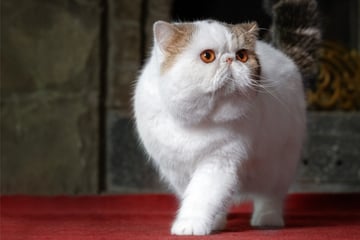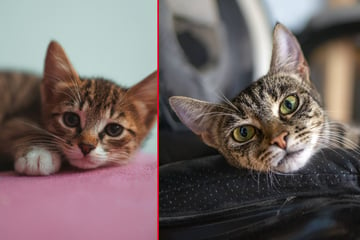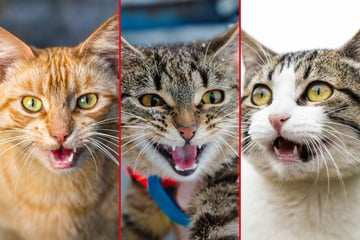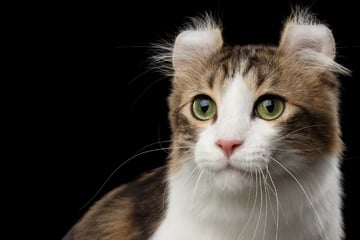Hypoallergenic cats: Best low allergy hypoallergenic cat breeds
Covered in fluff so soft to the touch that it brings joy to the hearts of many, hypoallergenic cat breeds are purrfect for any cat lover who suffers from even the most severe of allergies!

If you have ever walked into a house and started sneezing like an absolute madman, there are likely one of two reasons why: 1) Your host hates vacuuming, or 2) Your host owns a fluffy little fellow.
It's frustrating, of course, because cats are sweet and friendly creatures worthy of a cuddle and a squeeze – but fear not, allergy-sufferers, for you don't necessarily have to go cat-free.
As severe and terrible as cat allergies can be, hypoallergenic breeds are here to help you.
It's time for us to guide you through our top ten favorite hypoallergenic cat breeds and help you leave behind the sneeze.
Hypoallergenic cat breeds: What cats are hypoallergenic?
While there are far more cats out there that are likely to trigger someone with a cat allergy, you would be surprised to find out that there are actually plenty that will not. It is true, of course, that even the most allergy-friendly cat could cause problems for someone with particularly severe symptoms, but it will certainly be better for them than a non-hypoallergenic kitty.
The ten cats we have listed and discussed below are great picks for any potential cat owner who is concerned about cat allergies.
Often with shorter fur that doesn't shed as much, these cats are actually completely normal, and you don't have to give up the fluff to say goodbye to the rough.
Important: If you are interested in finding out more about cat allergy symptoms, treatments, and why you are getting triggered by cat fur, check out our extensive guide to cat allergies. Everything you need to know is spelled out there!
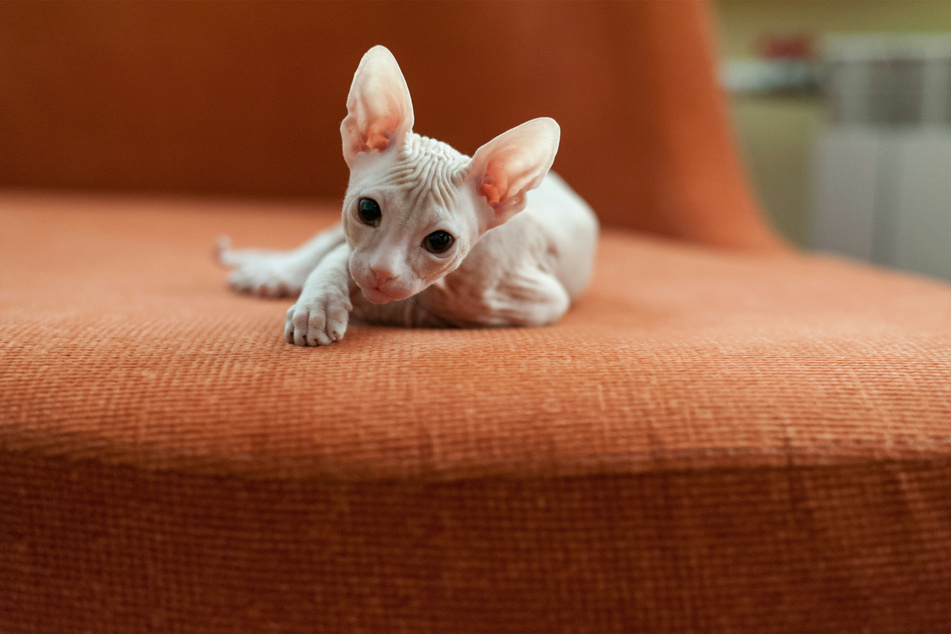
10. Sphynx cat
The sphynx cat is an example of a hairless cat actually being hypoallergenic.
Many assume that every hairless cat fits this category, but it's actually more common that a hairless cat will trigger someone into a fit of allergies than they won't.
In the case of the sphynx, however, they produce very few of the allergens that cause allergic attacks and are therefore considered hypoallergenic.
9. Ocicat
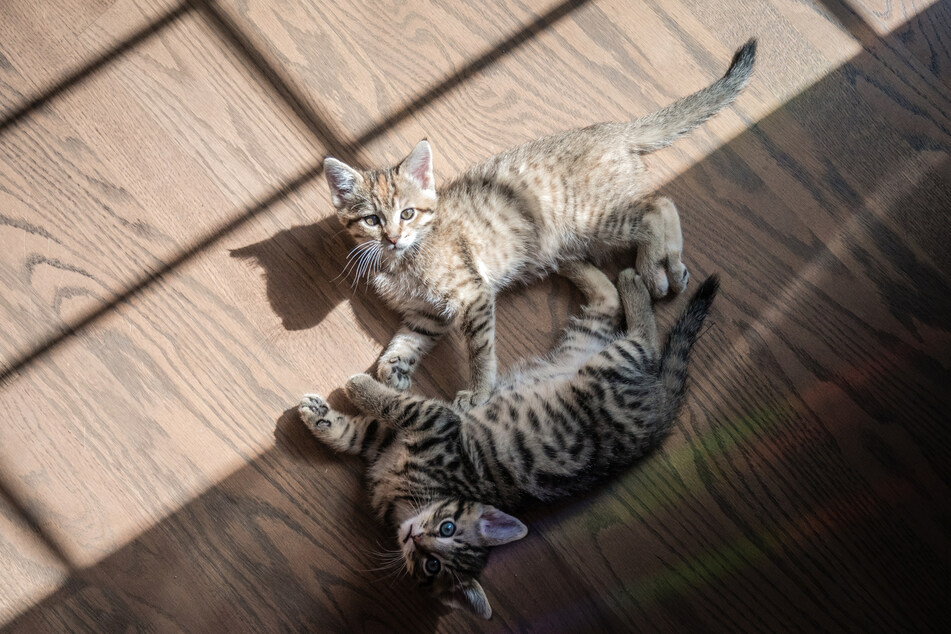
Ocicats produce far lower amounts of the offending glycoprotein, giving them the classification of being hypoallergenic.
With this in mind, though, it is worth mentioning that they still shed fur and produce dander, meaning that they may still trigger some people into allergic reactions.
On the flip side, these adorable little dudes are some of the cutest cats around, and well worth the risk of an elongated sneezing attack.
8. Javanese cat
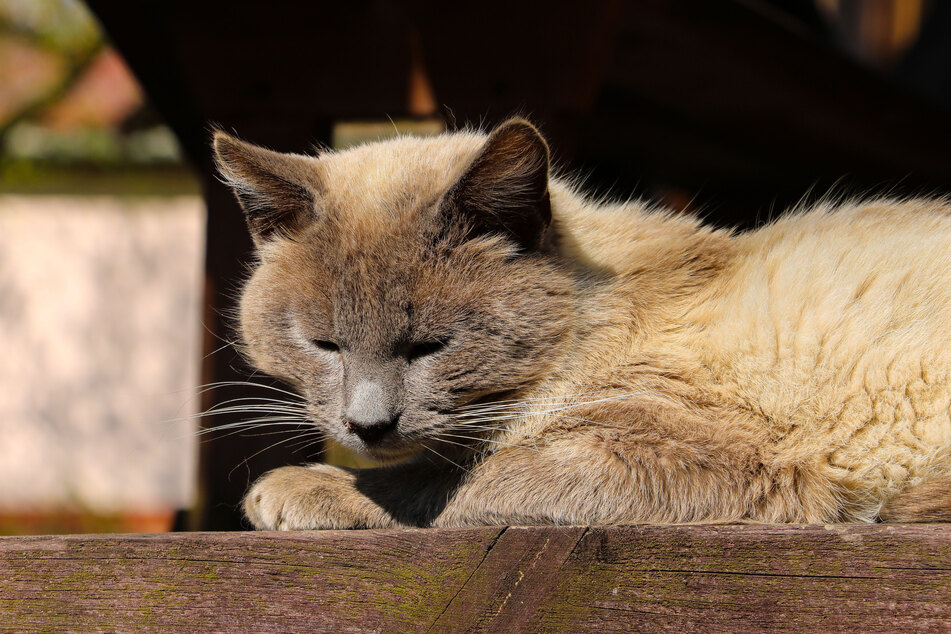
As some of the rarest and most unknown domestic cats in the world, very few would consider adopting a Javanese cat simply because they probably don't know what it is.
Luckily for them, though, these fluffy dudes shed very little fur and are anti-allergy enough to be considered hypoallergenic.
This all comes despite their incredible fluff, grumpy faces, and magnificent ears.
7. Oriental shorthair

One of the most bizarre looking cats in the world, the Oriental shorthair is known for its enormous almost-see-through ears, narrow nose and mouth, and piercing eyes.
They have thin and agile bodies and appear lanky and lean with short fur that barely sheds.
Due to that shortness and sleekness, the Oriental cat is hypoallergenic and widely recommended for those with cat allergies.
6. Burmese cat
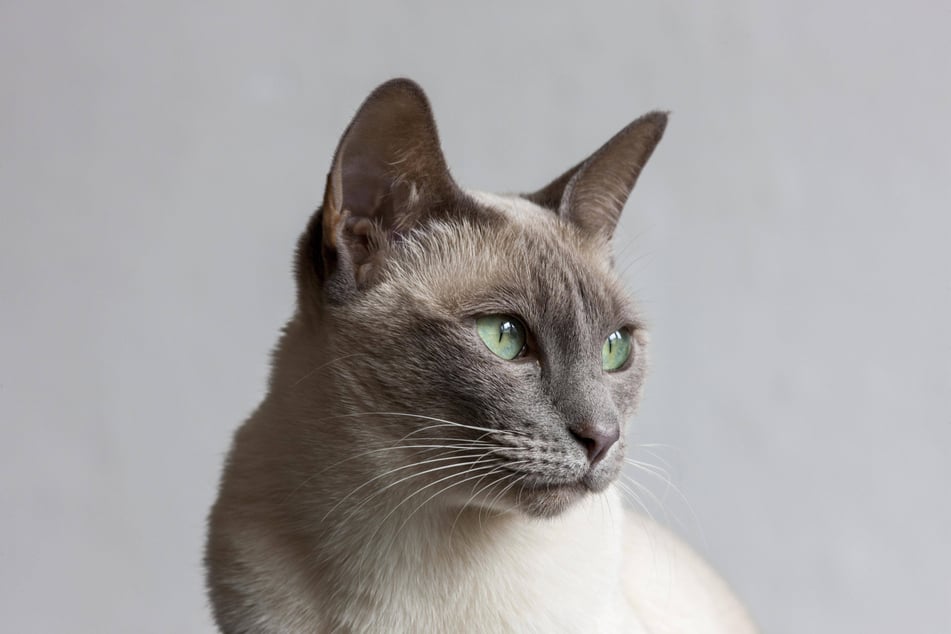
Burmese cats have short yet soft fur with extraordinary eyes and a sleekness to them that is quite rare among hypoallergenic cats.
Friendly and happy, these little dudes will follow you around the house chirping as loud as the day is long.
There are few cats cuter and more sweet, but also more suitable for people with cat allergies, than the humble Burmese.
5. Bengal cat

Bright orange and known for their wild eyes and charming personalities, there are few cat breeds more exuberant, excitable, and adorable than the Bengal.
Such traits don't necessarily mean that a cat is right for you, so it's a happy day when you can combine those adjectives with the word "hypoallergenic."
Indeed, the Bengal cat is one of the sweetest and cutest anti-allergy cat varieties out there – the breed is definitely well worth your time and attention.
4. Balinese cat
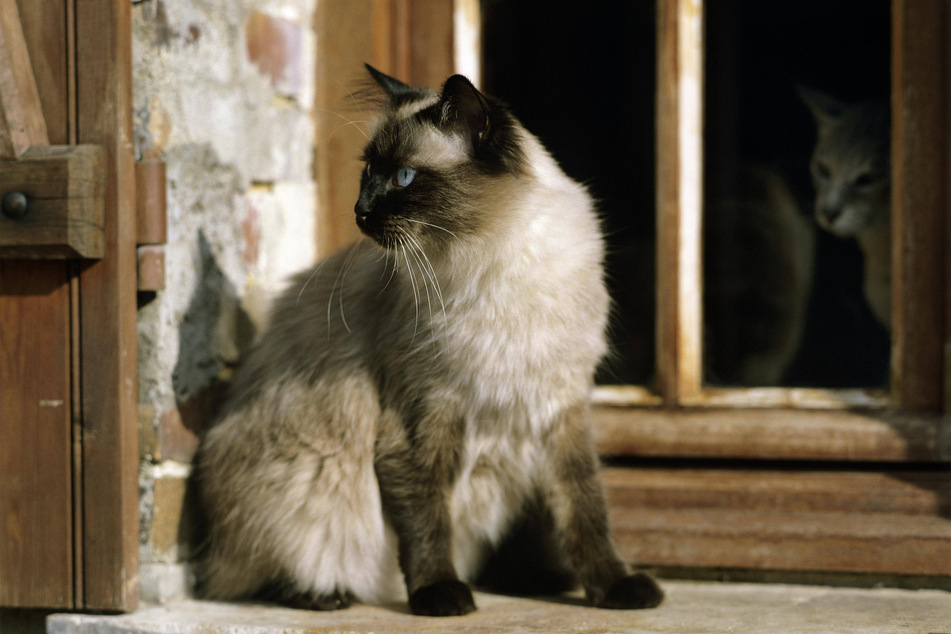
Balinese cats are generally considered hypoallergenic because they produce very little of the Fel d1 proteins.
As a result, despite having long and thick fur that wafts across rooms with a good amount of glory, these fluffy little dudes are relatively okay for any prospective cat owner who is worried about suffering from sneezing attacks.
Try not to worry – things will be okay with this little guy!
3. Devon rex
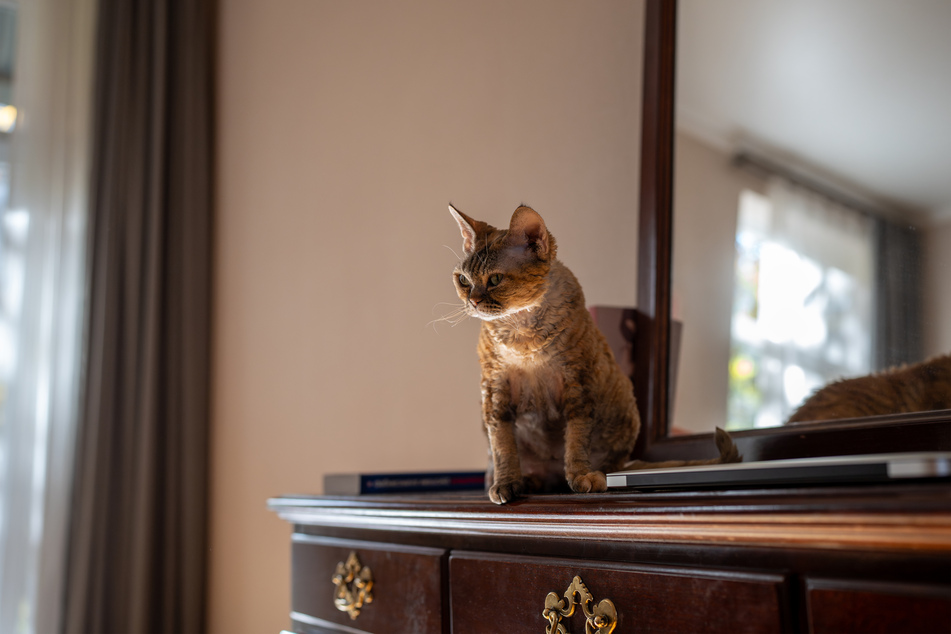
Devon rex cats are very low-shedding cats with scruffy and short fur that has a distinctive appearance.
It is this low-shed nature, though, that makes a Devon rex cat hypoallergenic.
Their dander and saliva will still cause the sniffles.
Due to the nature of a Devon rex's fur, however, this is extremely rare and extremely unlikely.
2. Siberian cat

While not as hypoallergenic as some of the other cats on this list due to its long fur that has a habit of shedding twice a year, the Siberian's lowered Fel d1 levels still classify it as a low-allergen cat breed.
For someone who is only slightly concerned that they will suffer from a bit of sneezing here and there at the hands (paws?) of a cat, the Siberian is a good choice.
Just stay away from it if you are severely allergic because they really do shed quite a lot.
1. Russian blue
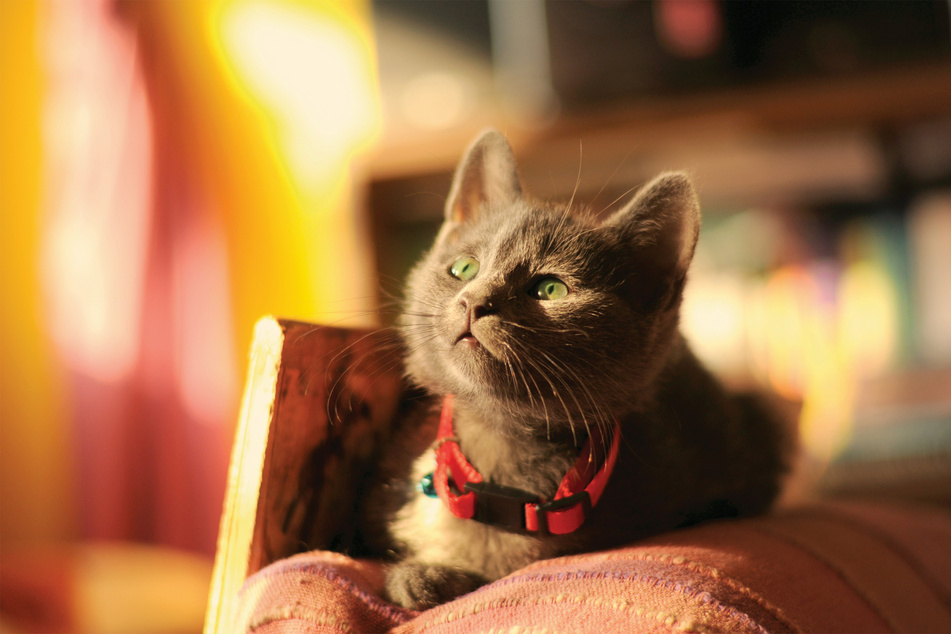
Russian blues have both features going for them – a short, low-shed coat, and lessened levels of Fel d1 – and thus can be considered highly hypoallergenic.
One of the most famous cat breeds in the world, these fluffy little buddies are friendly, safe, happy, and always keen to be by your side no matter what.
They also love to hunt, play, and won't trigger your allergies unless you are particularly sensitive!
Are hairless cats hypoallergenic?
No, hairless cats are not necessarily hypoallergenic. The fact is that your cat allergies are not being triggered by the fur itself (hence why many hypoallergenic cats still have long and fluffy fur), but rather a tiny protein found within the saliva of your furry and fluffy friend.
The protein, known as Fel d1, is a small protein found within not only the saliva of cats, but in their urine, feces, and dander as well. When your cat cleans itself, it licks its fur aggressively in an act that not only cleans and scents their body but also covers their fur in saliva. This allergenic saliva then gets spread around the room when the cat inevitably sheds its fur.
As a result, a hypoallergenic cat is one that produces less Fel d1 in their saliva and urine, therefore spreading less on their fur. When that fur then lifts off a hypoallergenic cat's body, it is less likely to trigger allergies.
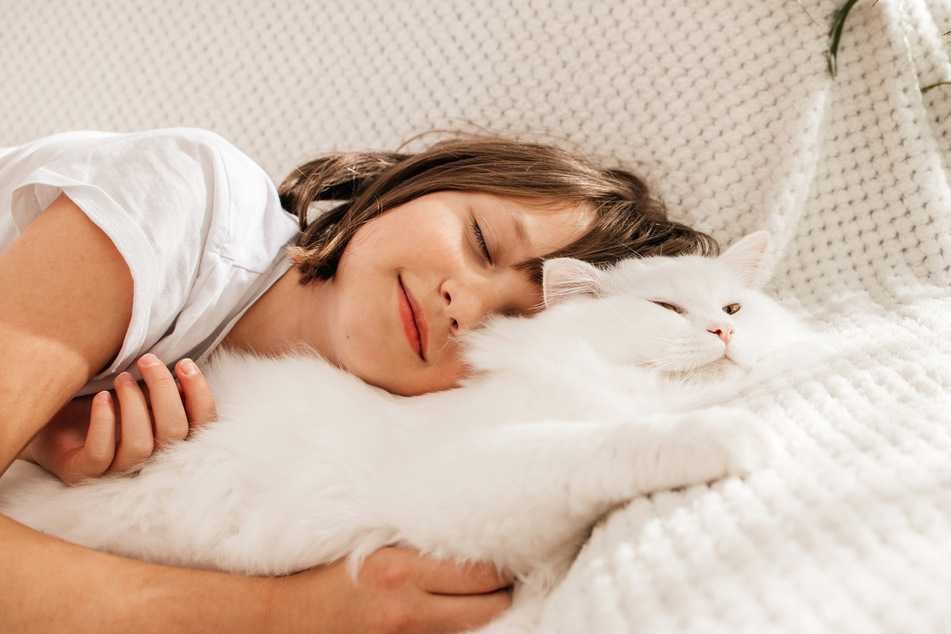
Please keep in mind: There is no cat breed that is 100% hypoallergenic – it just isn't possible! Every cat will shed and every cat will produce certain amounts of Fel d1, which will then cause allergy attacks from time to time. The best bet you have is to choose a breed where both of those factors are lessened – and hopefully we have helped you with that choice!
Low allergy cat breeds can be a godsend!
For those of us who can hardly venture into a cat-inhabited household without entering a sneezing attack that'll last for hours, a low-allergy breed is an absolute must. Cat allergies can cause serious long-term impacts on people who are continuously under the influence of their symptoms – for example, for those of us who love owning a cat despite our allergies!
Make sure, of course, that you check with your doctor before adopting. If you have particularly strong allergies, it might still be best to avoid cat adoption – and it is always best to play it safe and put your health first.
Cover photo: Collage: IMAGO/Pond5 Images

